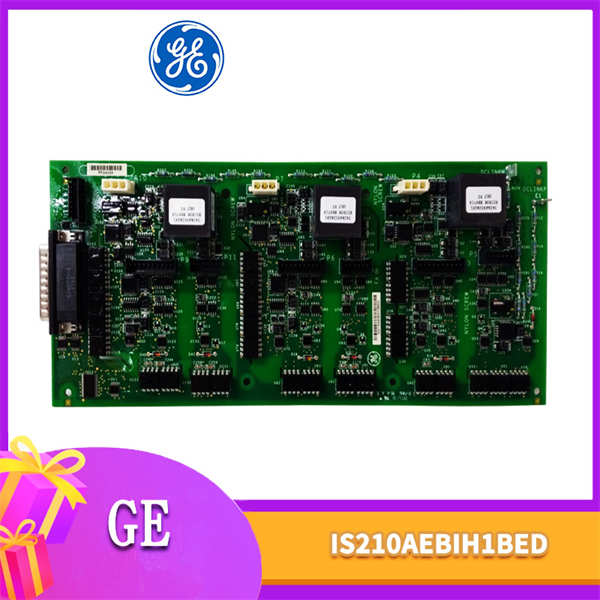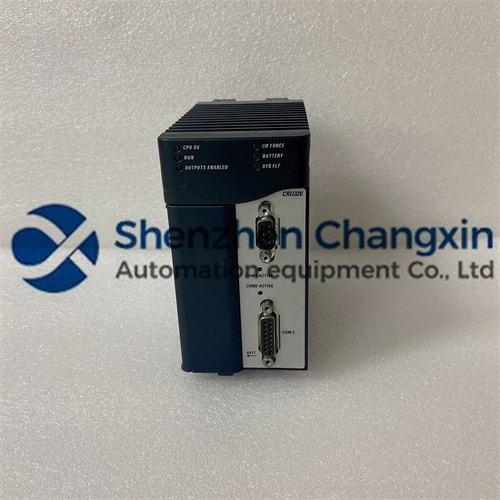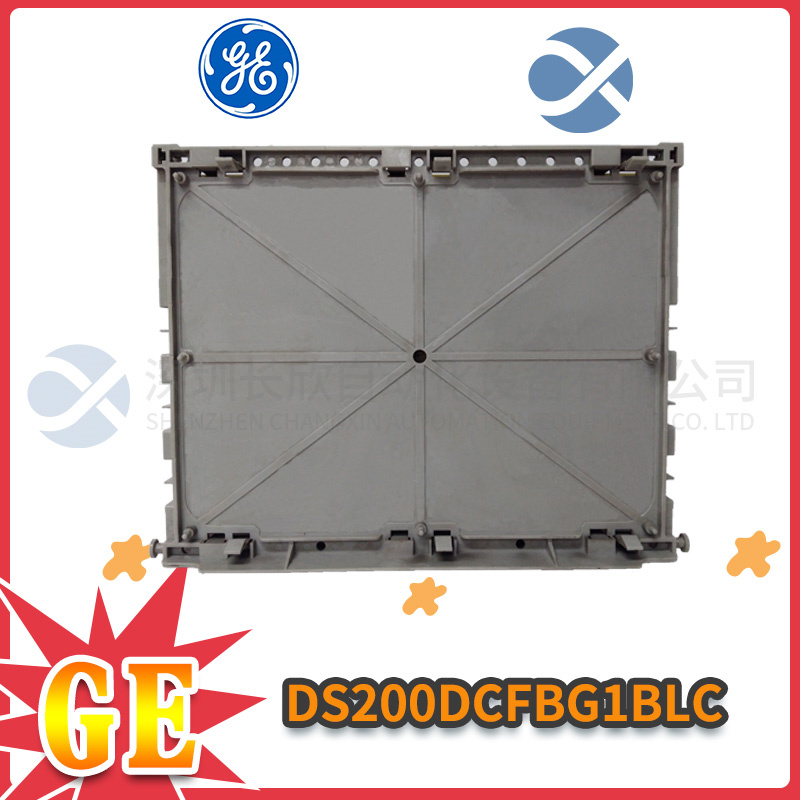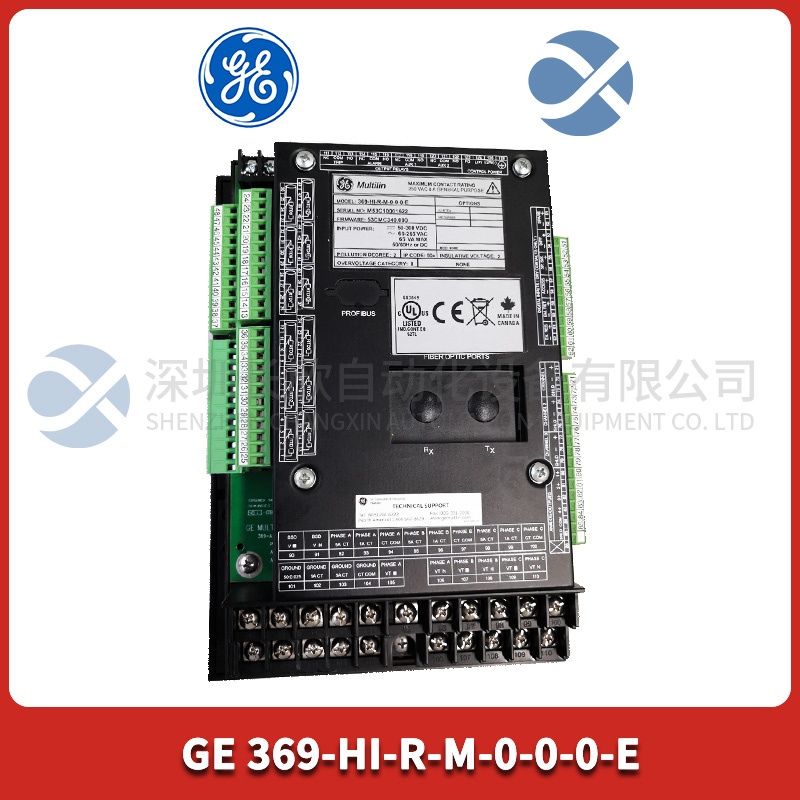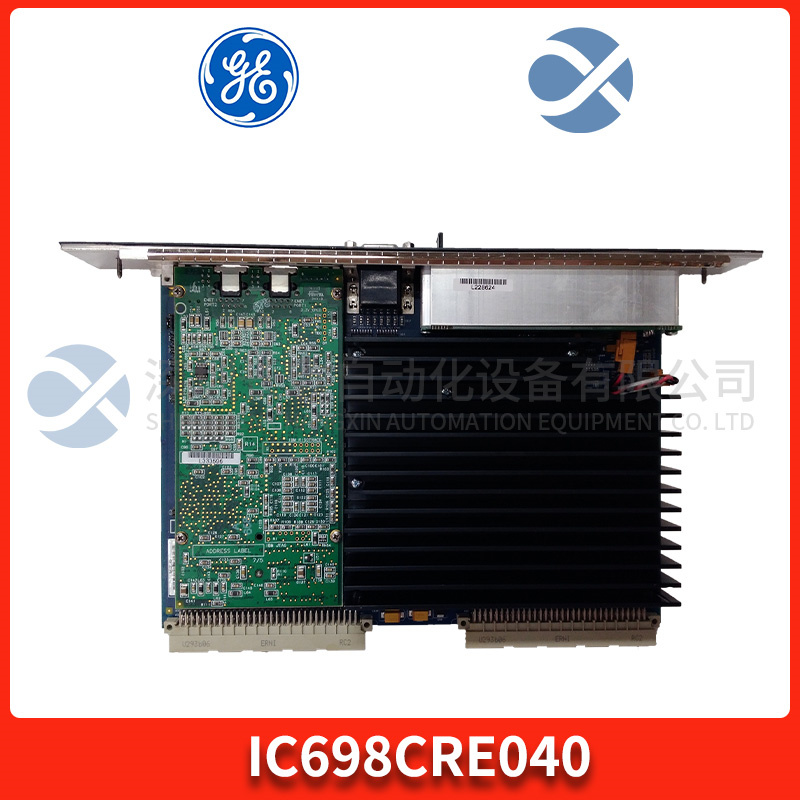Description
IS210AEBIH1BED GE Analog Input Module
Product Description:
The IS210AEBIH1BED is an analog input module manufactured by General Electric (GE). This module is typically used in industrial automation and control systems to acquire and process analog input signals, such as voltage or current signals. These signals often represent various physical quantities like temperature, pressure, or flow rate.
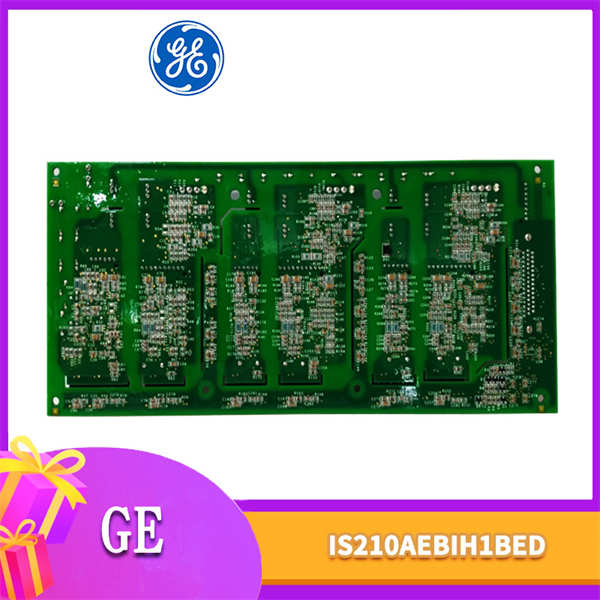
IS210AEBIH1BED GE Analog Input Module
Product Parameters:
Input Signal Type: Analog signals, typically voltage or current.
Signal Range: Configurable to meet specific application requirements.
Communication Interface: Equipped with interfaces for data exchange and integration with other automation equipment, control systems, or monitoring systems.
Operating Temperature: -20°C to +50°C.
Storage Temperature: -40°C to +70°C.
Dimensions: 170mm x 105mm x 32mm.
Weight: Approximately 120g.
Product Specifications:
Brand: GE.
Model Number: IS210AEBIH1BED.
Voltage Range: 12-48VDC.
Current Output: Maximum 10A.
Efficiency: Greater than 90%.
CPU: 32-bit RISC processor.
Series:
The IS210AEBIH1BED belongs to the Mark series of modules from GE, specifically designed for industrial automation and control applications.
Features:
Multi-Channel Capability: Offers multiple analog input channels to monitor various sources simultaneously.
Configurable Signal Range: Allows users to set the input signal range based on their specific application needs.
Real-Time Performance: Responds to changes in input signals in milliseconds, ensuring timely data acquisition and control.
Industrial Grade: Designed for use in industrial environments, featuring high reliability, noise immunity, and protection.
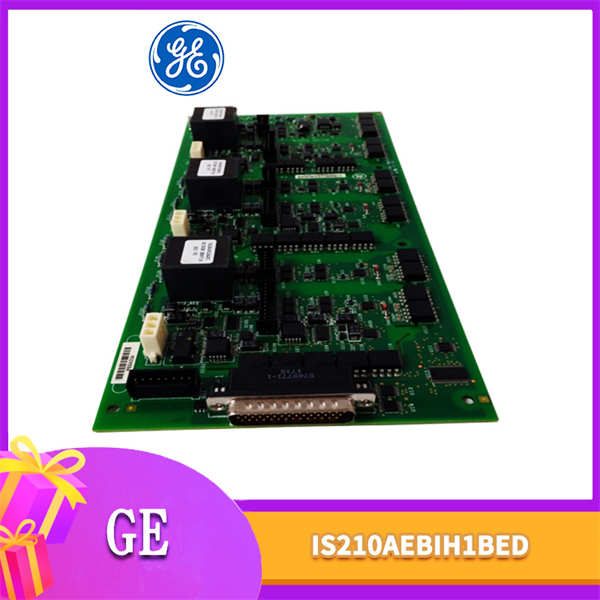
IS210AEBIH1BED GE Analog Input Module
Functions:
Signal Acquisition: Receives and processes analog input signals from various sensors or devices.
Data Exchange: Interfaces with other systems or devices for data exchange and integration.
Control and Monitoring: Supports the control and monitoring of industrial processes and equipment.
Applications and Uses:
The IS210AEBIH1BED analog input module finds widespread applications in various industrial sectors, including:
Power Generation: In turbine control systems for monitoring and controlling generator sets.
Oil and Gas Industry: For monitoring and controlling various processes related to oil and gas production.
Manufacturing: Integrated into automation systems for enhancing production efficiency and quality.
Energy Management: Supports energy monitoring and management systems in buildings, factories, or other facilities.

 WhatsApp:+86 18005022363 WeChat: +86 18005022363 /+86 18150887953
WhatsApp:+86 18005022363 WeChat: +86 18005022363 /+86 18150887953  Email:
Email:
